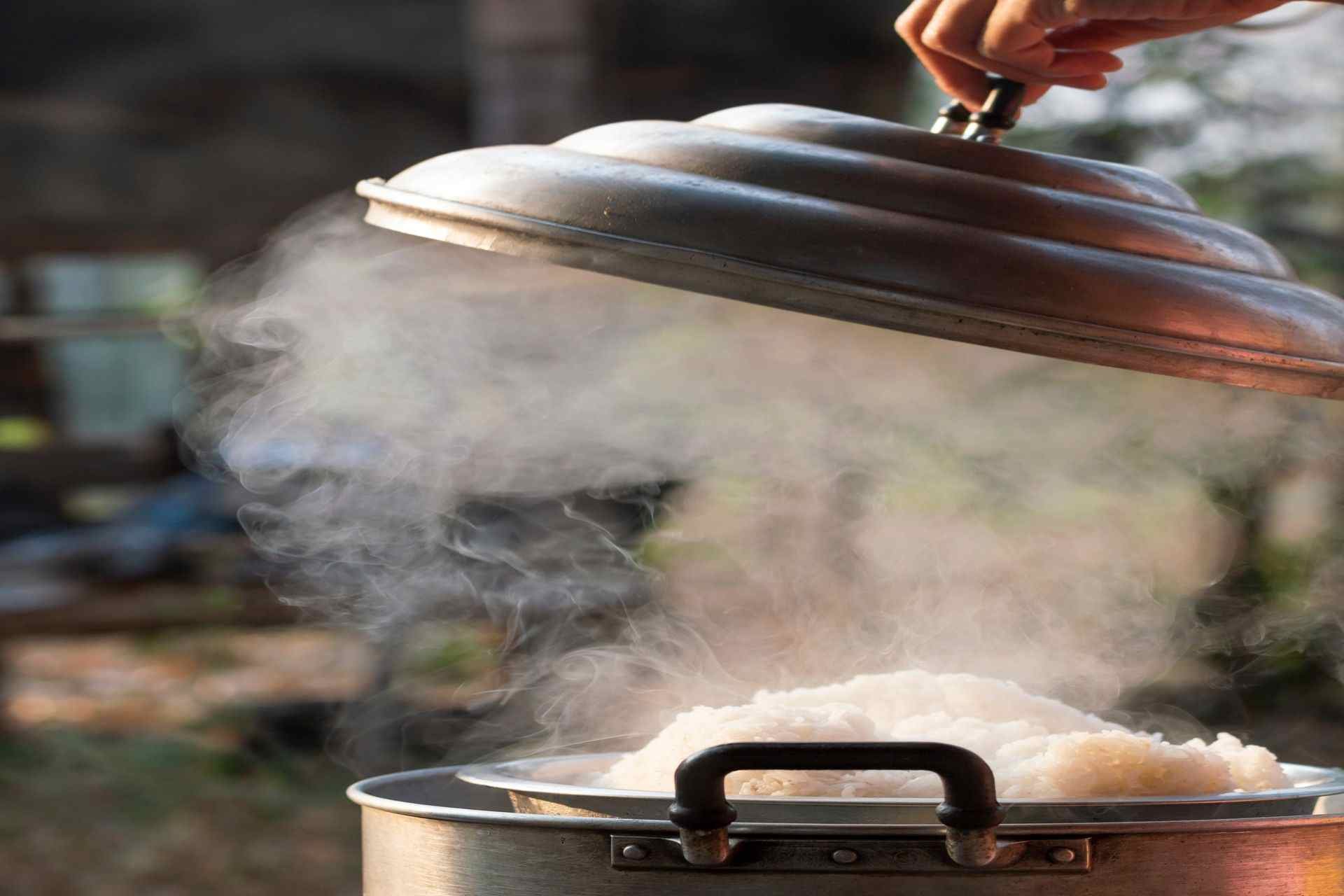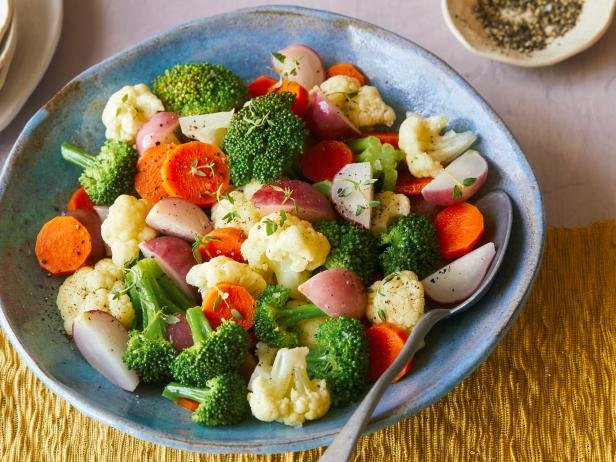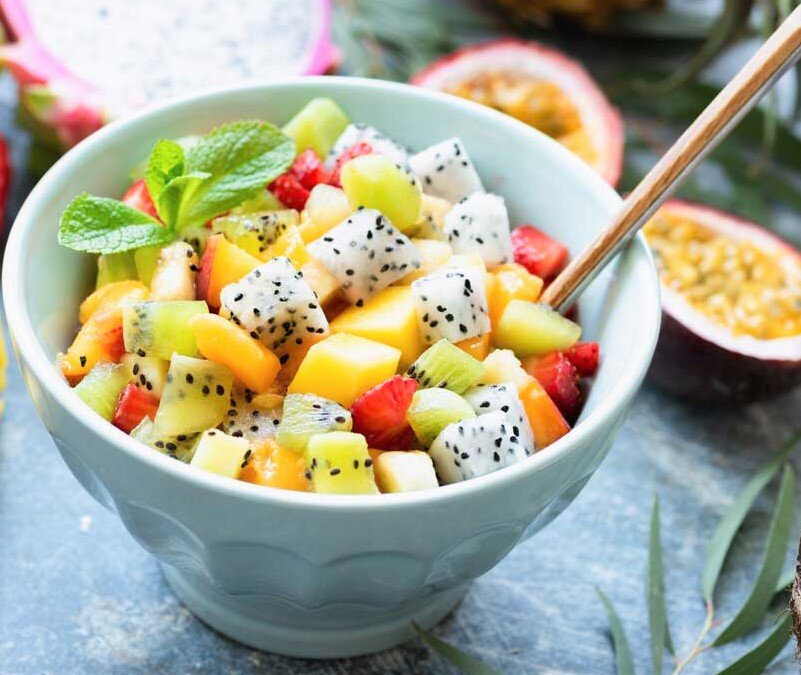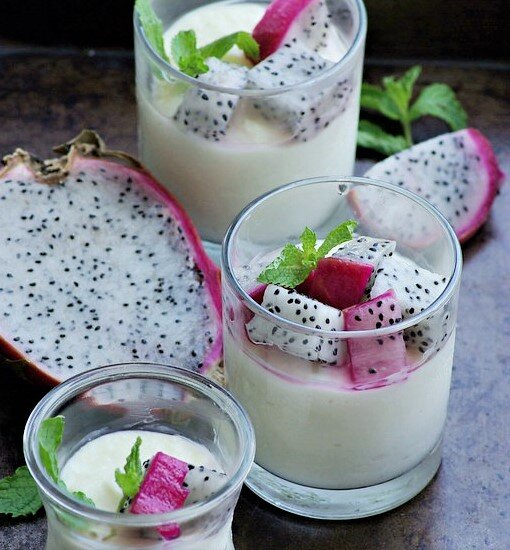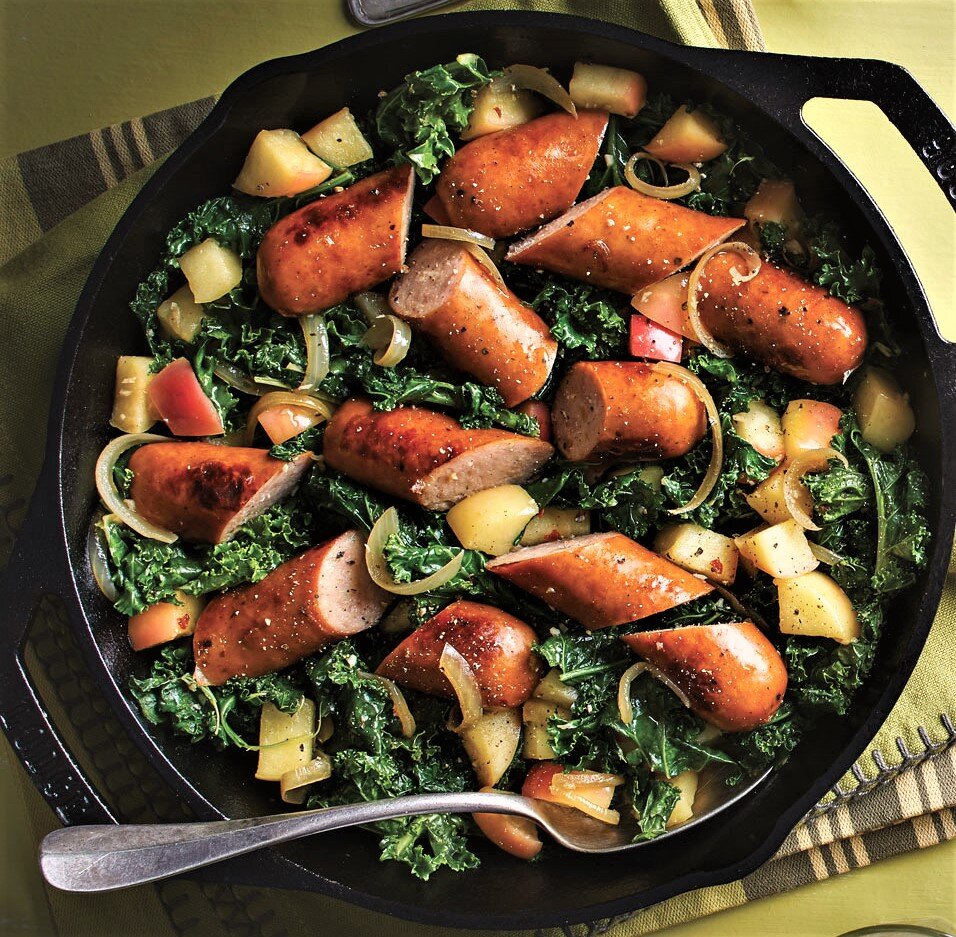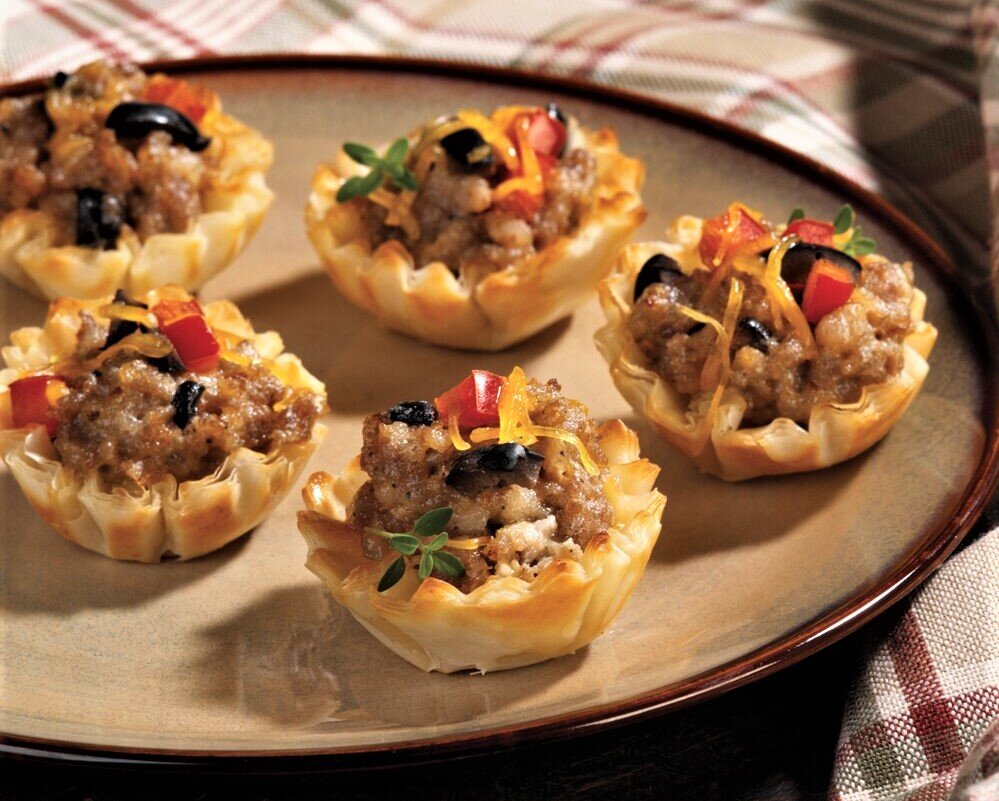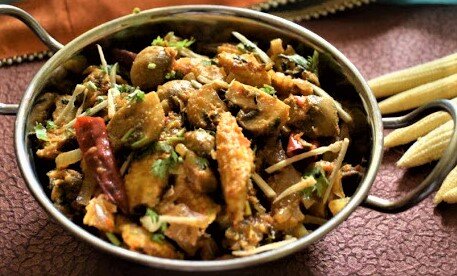Ingredient Ideology | Ways With Sandwiches By: Dr. Kaviraj Khialani- Celebrity Master Chef
/Sandwich is one of the concepts which dates back in history where a famous British statesman named John Montagu also known as the 4th earl of sandwich and had a passion for gambling once put across his request to his server at a casino to assist him putting together the parts of the contents of his platter in the form of assembling them in between two slices of bread which made him concentrate on his cards and was much convenient in enjoying his put together bite. It is since then sandwiches have seen much development happening in its ingredients, breads, spreads, fillings, toppings and garnishes.
While some sandwiches are hot, some are cold, there are also small bite sized open sandwiches called canapes which are also known as Zakuskies in Russia. From the veg to the eggs, diary, poultry, meat, seafood, charcuterie products like ham, sausages, bacon and now even vegan & keto diet varieties of sandwiches are truly a foodie’s delight!
Here are a few interesting ideas with Sandwiches.
Recipe-1] TRIO HERBED TOMATO- SPINACH SANDWICH
Ingredients
4-6 slices of white/brown bread/multi-grain loaf.
2 tsp olive oil.
1 tsp chopped garlic.
1 small onion sliced.
½ bunch spinach cleaned and blanch the leaves & refresh.
Salt and crushed black pepper to taste.
½ tsp mustard paste.
1-2 tbsp. butter.
1- 2 tomatoes sliced and de-seeded.
¼ cup cheese grated- processed/parmesan cheese.
10-12 no fresh basil leaves.
½ tsp chili flakes.
To serve with:
Tossed salad/ chips/ tomato ketchup/ dips.
Method:
Pre-prep all the ingredients for the sandwich, slightly toast the bread slices and then cool, apply a spread of butter and mustard paste on the bread slices. In a separate pan, saute the garlic in olive oil and add in the blanched spinach leaves, add salt and pepper to taste, cook for 2 mins and remove, cool. Place the tomato slices, basil leaves, saute spinach, cheese and chili flakes in between the two slices of bread. Pre-heat the sandwich griller or toaster and once the desired color and texture is achieved, cut into triangles and serve hot with accompaniments.
Recipe-2] COWBOY’S PASSION TANGY CORN SANDWICH
Ingredients
4-6 slices of white bread/ brown bread/ herbed bread.
2 tsp peanut butter.
1 tsp oil.
1 tsp garlic- chopped.
Salt and pepper to taste.
1 cup American sweetcorn, boiled.
½ cup green/red capsicums, cut into small cubes.
½ tsp mixed herbs.
½ tsp chili flakes.
2 tsp tomato ketchup
2 tbsp. grated cheese
2-3 sliced black/green olives.
1 tsp parsley, chopped.
Method:
Pre-prep all the ingredients for the sandwich. Heat oil in a pan saute the garlic, onion, corn and capsicums for 2-3 mins. Turn off the flame add in the grated cheese, salt, pepper, herbs & chili flakes, olives, parsley and mix well and allow to cool. Separately mix together the peanut butter and tomato ketchup into a smooth spread to apply on the bread slices. To assemble the sandwich, apply butter on one slice and the peanut tomato spread on the other slice, place the corn- capsicum-cheese mixture cover and place the sandwich on the hot griller/toaster or hot plate and cook well on both sides, serve hot.
Recipe-3] THE LAYERED PERSONA SANDWICH
Ingredients
4-6 slices of bread-white/brown/ multi-grain
2 tsp butter
2 tsp mayonnaise
Salt and pepper to taste
1 cup assorted lettuce leaves.
1 red ripe tomato, sliced
1 ripe avocado- peeled, stones and sliced.
2 tbsp. cream cheese.
2 no chicken breasts, boiled/grilled and sliced.
2 no boiled eggs sliced.
2-3 no jalapenos- sliced.
8-10 no fresh basil leaves.
Method:
Pre-prep all the ingredients for the sandwich. Slightly toast the slices of bread on both sides and apply a spread of butter and mayonnaise. Assemble a few lettuce leaves, few slices of boiled eggs, sliced avocado with a little cream cheese over it, tomato slices, jalapenos, sliced cooked chicken breasts, we can also alternate with slices of ham and salami or bacon as well. Place a few basil leaves as well in between the layers. Once the sandwiches are set lightly brush them with melted butter on the surface and place them on a hot griddle/pan and heat on both sides for a couple of minutes, cut and serve with ketchup and chips.
Recipe-4] CHICKEN MAYO CROISSANT SANDWICH
Ingredients:
3-4 no plain or cheese croissants- slice them open horizontally.
For the filling:
½ cup mayonnaise or hung curd could also be substituted.
½ cup boiled chopped or shredded chicken.
2 no cubes of hard boiled eggs-optional.
Salt and pepper to taste
2-3 cheese slices –optional
¼ cup shredded cabbage- white or purple
Lettuce leaves- as needed to place in the sandwich.
4-5 no slices of cucumber
4-5 no sliced tomatoes.
3-4 no sliced olives- black or green.
Method:
Assemble all the ingredients for the tasty croissant stuffed sandwich. Slit the croissants and keep aside, in a mixing bowl combine together the mayonnaise with the boiled chicken, add in some diced boiled eggs as well if desired, add in seasonings, cabbage and few olives and mix well. Place the crispy lettuce leaves inside the croissant followed by sliced cucumbers, the mayo chicken filling, cheese slices, tomato slices and finally close the croissant lightly secure with a toothpick if needed and serve it at room temperature.
Recipe-5] TUNA – POTATO & OLIVE CREAM CHEESE SANDWICH
Ingredients:
4-6 slices brown/multi-grain bread
½ cup mayonnaise
Salt and pepper to taste
½ tsp mustard paste
2-3 tbsp. sliced black/green olives
½ can tuna fish tin, oil or water to be drained off completely.
1 no boiled peeled cubed potato
2 tsp cream cheese/ feta cheese
½ tsp chili flakes
½ tsp mixed herbs
½ cup lettuce leaves
3-4 no cherry tomatoes or tomato slices
2-3 jalapeno peppers sliced.
4-5 slices of cucumber
1 small onion sliced.
Method:
Assemble and pre-prep all the ingredients for the tuna potato sandwich. Slightly toast the bread slices first, apply a little butter on them and keep aside. In a mixing bowl combine together the tuna fish with boiled cubes of potato into mayonnaise, mustard paste, seasonings, herbs, chili flakes to taste and mix well. Place this filling with cucumber, tomato, jalapenos, onions, olives, cream cheese in between two slices of buttered toasts and secure them in place. Cut the sandwiches into fancy shapes and assemble them on a serving plate or platter and serve with a bowl of tossed salad or a healthy shake to go along.
Recipe-6] PEPPERY COTTAGE CHEESE SANDWICH
Ingredients:
4-6 slices of white/brown bread
For the filling:
2 tsp oil
1 cup paneer grated
1 small onion chopped
½ chopped green capsicum
1 green chili chopped
Salt and pepper to taste
½ tsp chaat masala
1 tsp schezuan sauce
2 tsp tomato ketchup
2 tsp grated cheese
½ cup lettuce leaves
2 tbsp. butter to apply on the bread slices.
Method:
Apply a little butter on the sliced bread and keep aside. Heat oil in a pan and saute the onions add in the chili and capsicums followed by the grated paneer. Add in the seasonings, sauces to taste and give it a nice mix for a couple of mins on a medium flame. Remove from the flame and allow to cool completely and now add cheese and mix. Finally, to assemble the sandwiches place a little lettuce leaves on the buttered bread, place the prepared spicy and tangy paneer filling and secure the sandwiches. Heat a tava/ oven and slightly toast the sandwich on both sides and serve hot with assorted dips and sauces/a bowl of freshly tossed sprout salad goes well too.








